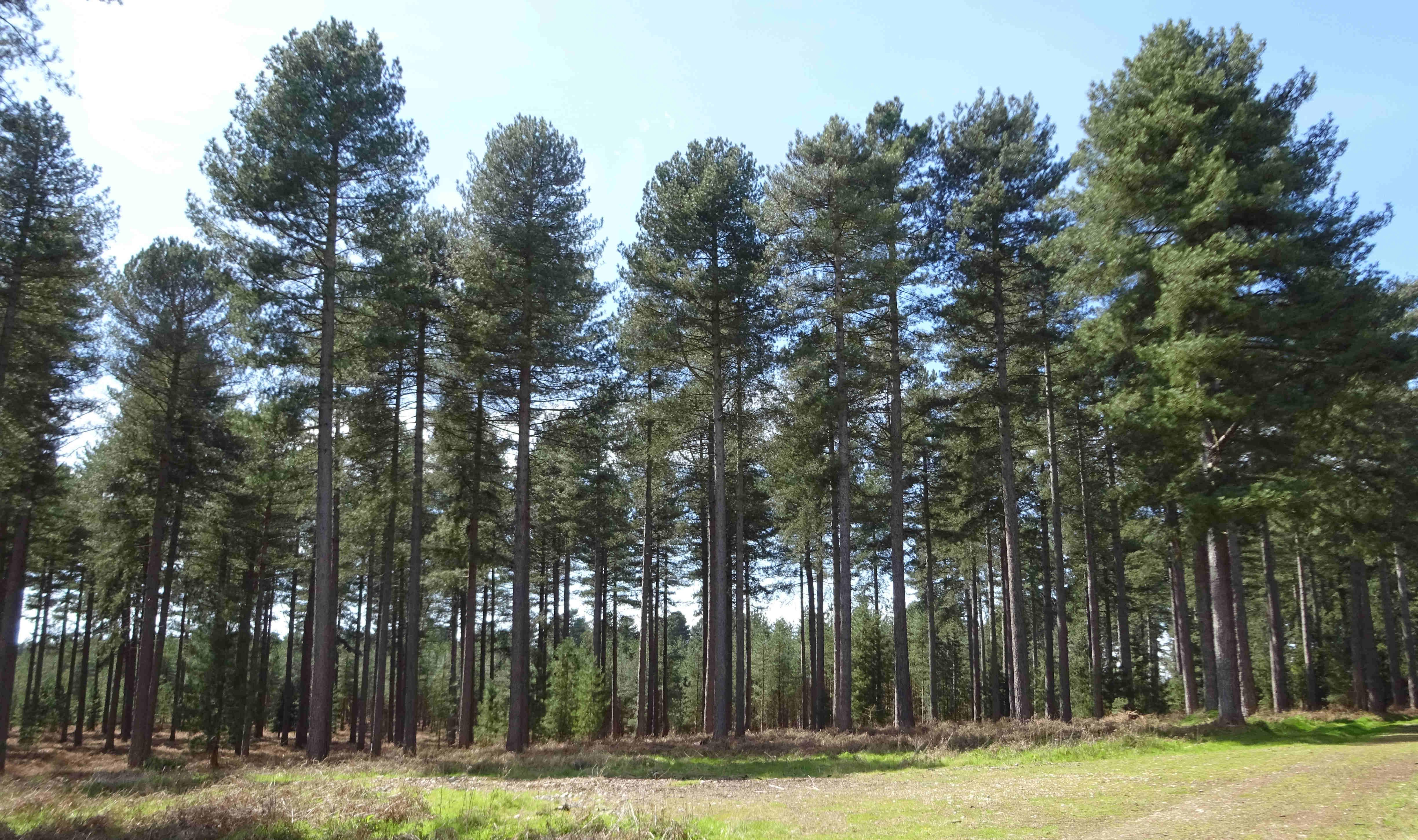
Submitted by Administrator on Wed, 04/10/2017 - 14:29
Removal of glucuronic acid from xylan is a strategy to improve the conversion of plant biomass to sugars for bioenergy
Plant lignocellulosic biomass can be a source of fermentable sugars for the production of second generation biofuels and biochemicals. The recalcitrance of this plant material is one of the major obstacles in its conversion into sugars.
Cambridge Researcher Jan J. Lyczakowski from the Department of Biochemistry has shown that removal of glucuronosyl (GlcA) substitutions of xylan observed in Arabidopsis gux mutant biomass can allow 30% more glucose and over 700% more xylose to be released during saccharification. Importantly, gux mutant plants grow to the same high and produce the same amount of biomass as wild type plants. Therefore, the amount of fermentable sugars obtained from the gux mutant biomass is not reduced due to biomass yield penalty which is often observed for other plants with reduced recalcitrance to enzymatic digestion.
Ethanol yields obtained through enzymatic saccharification and fermentation of gux biomass were double those obtained for non-mutant material. Jan has shown using other xylan branching mutants that absence of GlcA is unique in conferring the reduced recalcitrance phenotype. As in hardwoods, conifer xylan is branched with GlcA. The researchers used transcriptomic analysis to identify conifer enzymes that might be responsible for addition of GlcA branches onto xylan in industrially important softwood.
Using a combination of in vitro and in vivo activity assays, he demonstrated that a white spruce (Picea glauca) gene, PgGUX, encodes an active glucuronosyl transferase. Glucuronic acid introduced by PgGUX reduces the sugar release of Arabidopsis gux mutant biomass to wild-type levels indicating that it can fulfil the same biological function as native glucuronosylation.
The full article can be read here.

